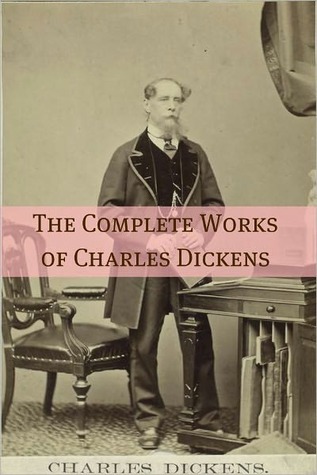
A Tale of Two Cities / Great Expectations
Book Description
Chaos reigns as revolution brews in the streets of Paris while secrets and destiny intertwine on the banks of the Thames. A young orphan must navigate the treacherous waters of love, loyalty, and ambition, while an enigmatic benefactor holds the keys to his future. Friends are torn apart, families shattered, and choices ripple across time and fate. With every turn, betrayal lurks in the shadows, and hope flickers like a candle in the dark. Can the bonds of friendship and the power of redemption save them all? Will the heart ultimately triumph against the relentless tides of circumstance?
Quick Book Summary
"A Tale of Two Cities / Great Expectations" intertwines two of Charles Dickens’s masterworks, binding the tumultuous era of the French Revolution to the personal struggles and societal ambitions of Victorian England. In the chaos of revolutionary Paris and the rigid class structure of London, characters like Charles Darnay, Sydney Carton, and Pip grapple with love, identity, sacrifice, and redemption. As orphan Pip is shaped by mysterious wealth and uncertain loyalties, destinies intersect, and personal decisions echo in the sweep of history. Both stories examine the price of loyalty, the shadows of betrayal, and the enduring possibility of hope. Through vivid storytelling, Dickens explores how individuals both shape and are shaped by the surging tides of their times.
Summary of Key Ideas
Table of Contents
Transformation and Redemption
In Dickens’s merged universe, sweeping upheaval in Paris mirrors the personal revolutions experienced in London. Amid the French Revolution’s violence, the courageous acts and tragic sacrifices of Charles Darnay and Sydney Carton unfold, illustrating how societal collapse exposes and reforms the human spirit. The clash between hope and despair is palpable as revolutionaries seek justice while inadvertently unleashing agony, challenging notions of heroism and villainy.
The Turbulence of Revolution and Society
On the quieter banks of the Thames, young Pip rises from humble origins. An anonymous benefactor accelerates his ascent into London’s elite, but the mystery behind this support weighs on his conscience. Pip’s journey uncovers the emptiness lurking in the pursuit of status and wealth, uncovering painful truths about both others’ intentions and his own heart. The intertwined threads of longing, ambition, and disappointment exemplify how personal fate can pivot on acts of chance and kindness—or cruelty.
Unseen Influence and Destiny
Transformation and redemption serve as the novels’ central pillars. Carton’s selfless choices and Pip’s moral reckoning frame the possibility of atonement and change, even amidst darkness. The ability to forgive and to be transformed by suffering is presented as both rare and redemptive. Characters repeatedly face the need to reconcile with their pasts, forging new identities through hardship and self-realization.
The Power and Pain of Sacrifice
Family and friendship are tested by shifting circumstances. Dickens scrutinizes the complexity of loyalty—how love can drive people to great acts of bravery or blind them to uncomfortable truths. Pip’s devotion to Estella and Magwitch, and Carton’s love for Lucie, reflect how attachments can both liberate and ensnare. Through each tale, relationships become a crucible forging true character, echoing the enduring strength of human bonds.
The Bonds of Love and Loyalty
Ultimately, Dickens’s dual narratives scrutinize the interplay of fate and free will within history’s relentless march. Betrayals and secrets ensnare his characters, but small acts of kindness and the capacity for hope flicker persistently. The novels close on notes of hard-won clarity, emphasizing the chance for redemption and the triumph of the human heart amid society’s greatest turmoil.
Download This Summary
Get a free PDF of this summary instantly — no email required.





